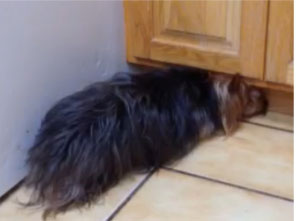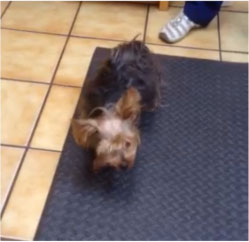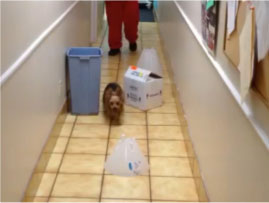HBOT in the Treatment of Traumatic Brain Injury (TBI)
A 7-year-old canine was referred for HBOT in the treatment of traumatic brain injury (TBI). The patient had been struck in the head by a vehicle. Referral radiographs revealed multiple skull fractures. On admission, the patient appeared blind, with severe forebrain signs, including head pressing.
The clients declined neurologic diagnostic imaging. However, they requested hyperbaric oxygen therapy. There was marked improvement after the first session of HBOT for one hour in duration, at 1.5 ATA
The owners allowed intermittent outpatient HBOT sessions over the next several days. After 6 days and a total of 6 HBOT sessions (each session at 1.5 ATA for one hour), the patient was ambulatory and able to navigate an obstacle course.
A 2004 study published in the Journal of Neurosurgery revealed that HBOT was superior to normobaric oxygen in its ability to restore mitochondrial function in a percussion brain injury model in rats (Daugherty et al, “Effects of hyperbaric oxygen therapy on cerebral oxygenation and mitochondrial function following moderate lateral fluid percussion injury in rats”, J Neurosurgery, 2004 Sept, 101(3): 499-504).


